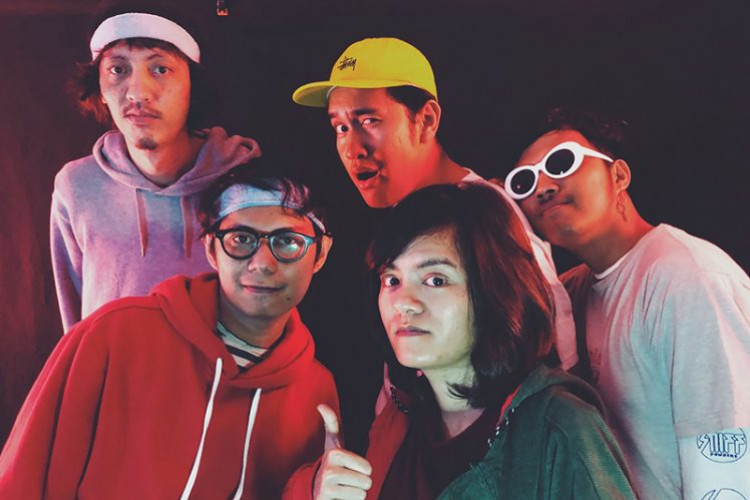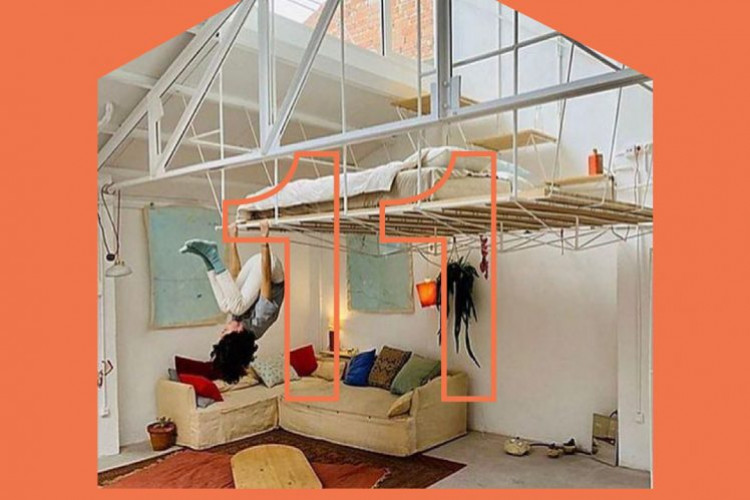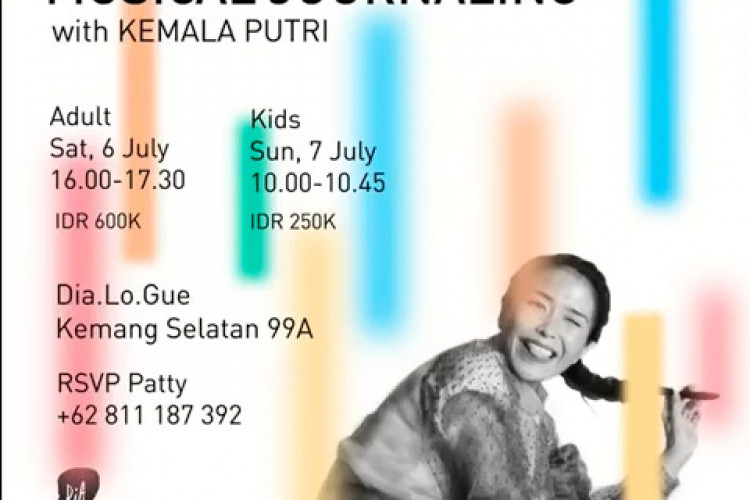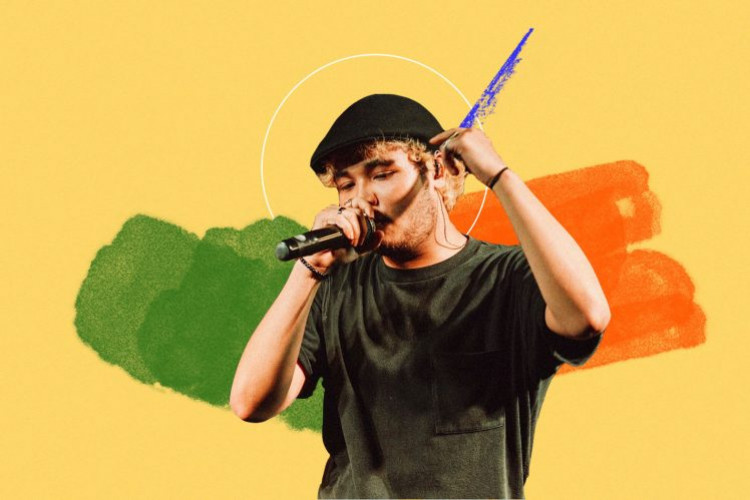Audiovisual with Gundala Pictures
Muhammad Hilmi (H) talks to audiovisual makers Gundala Pictures (G).
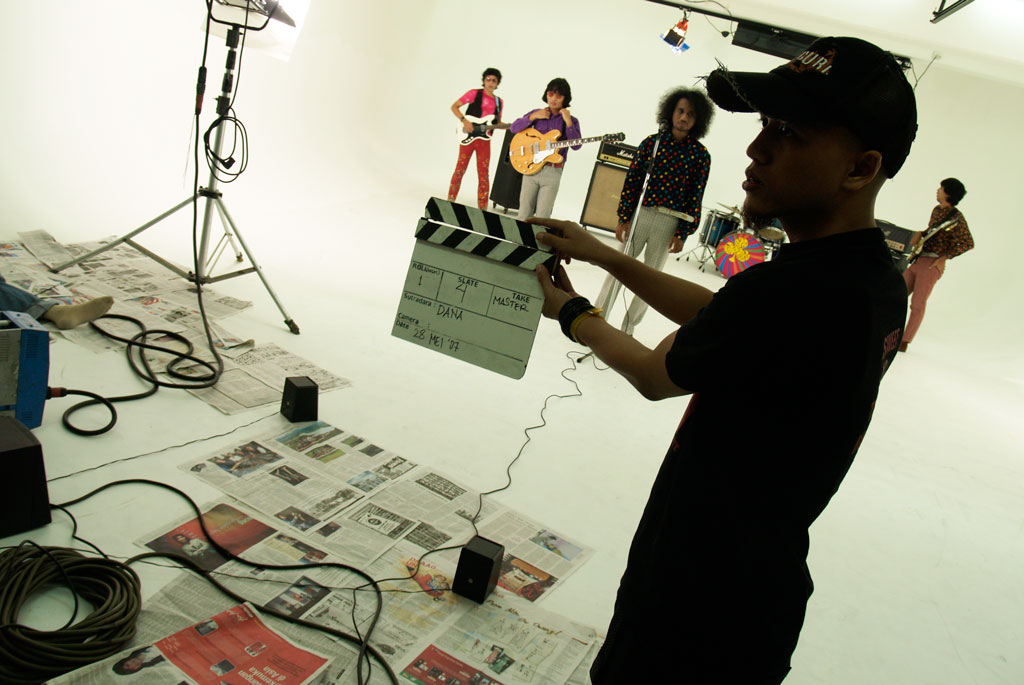
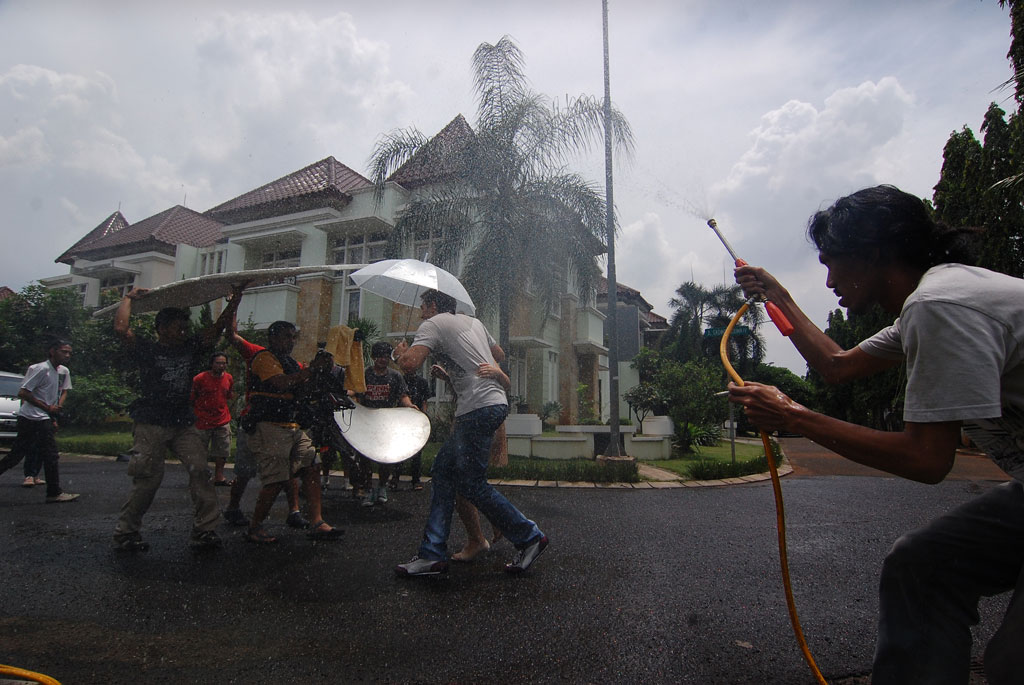
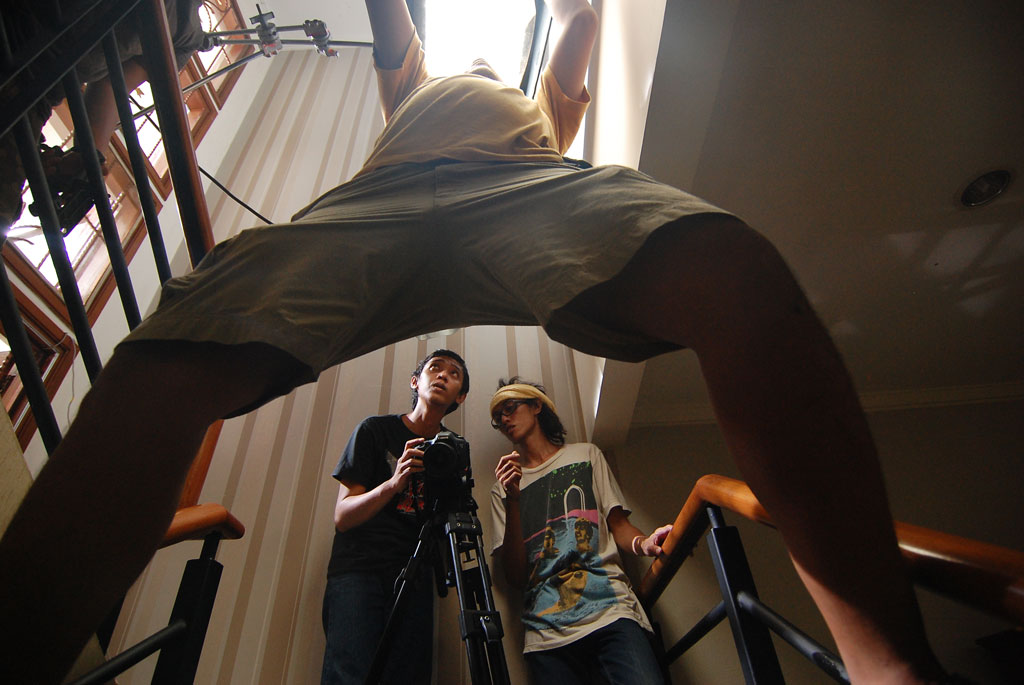
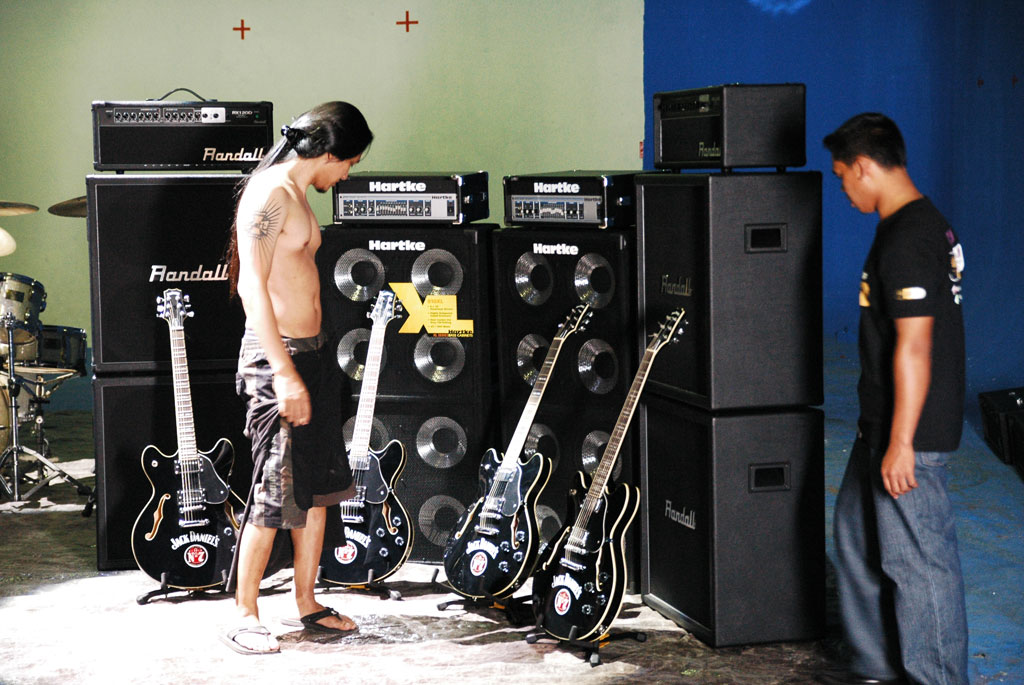
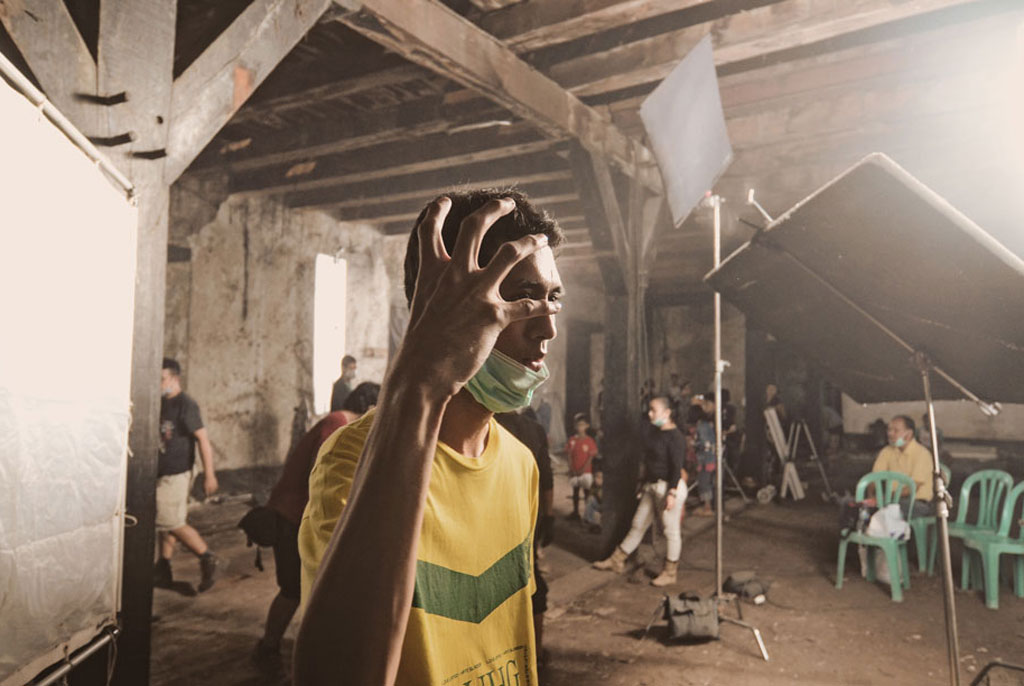
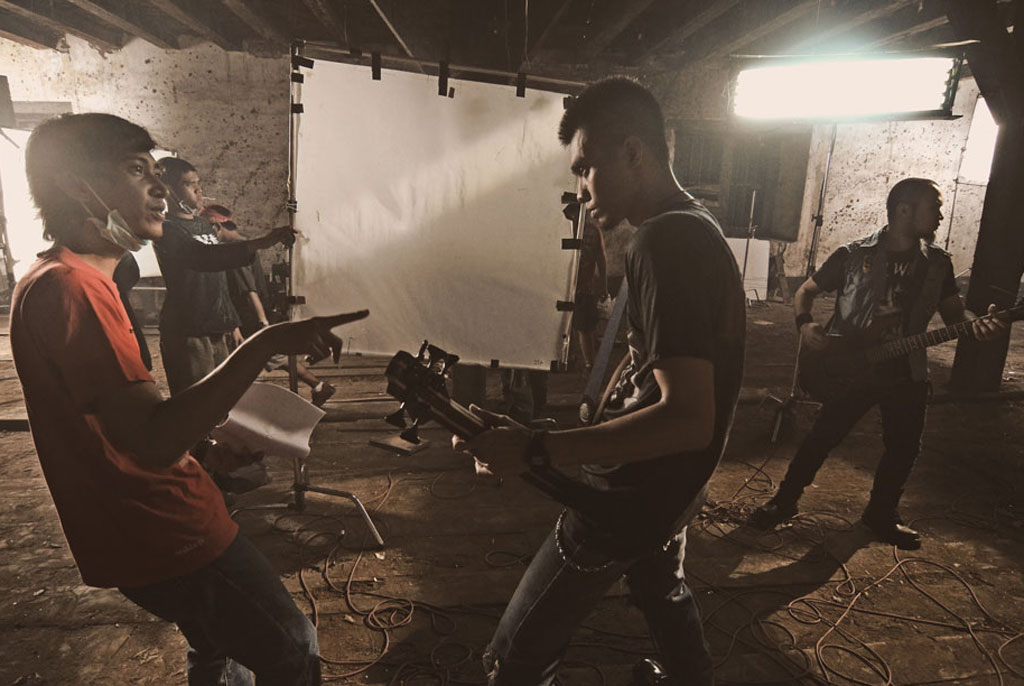
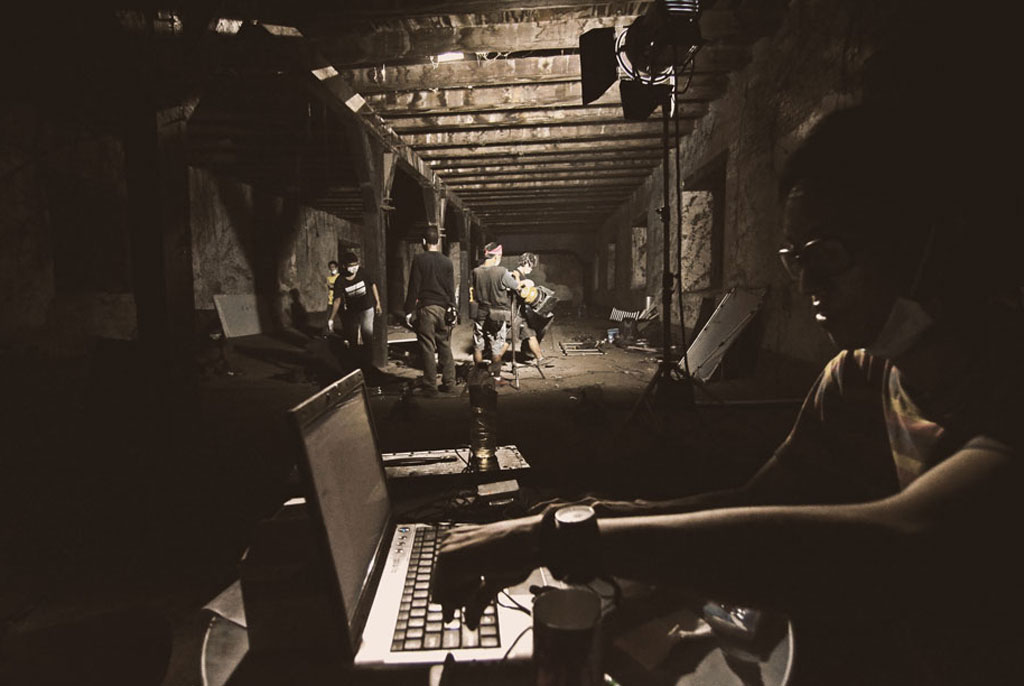
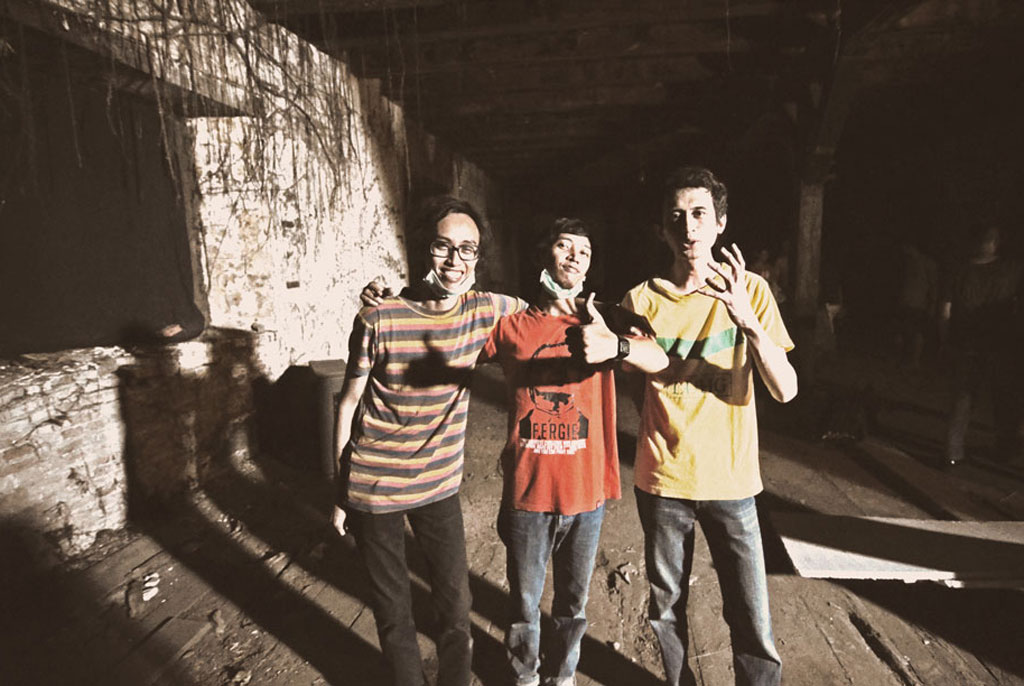
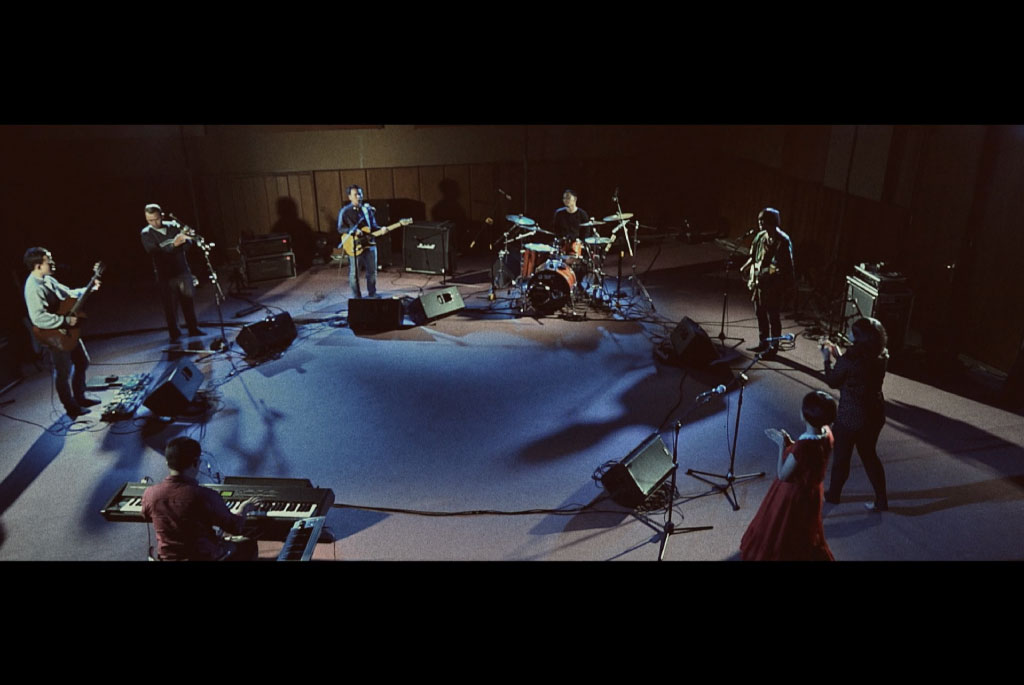
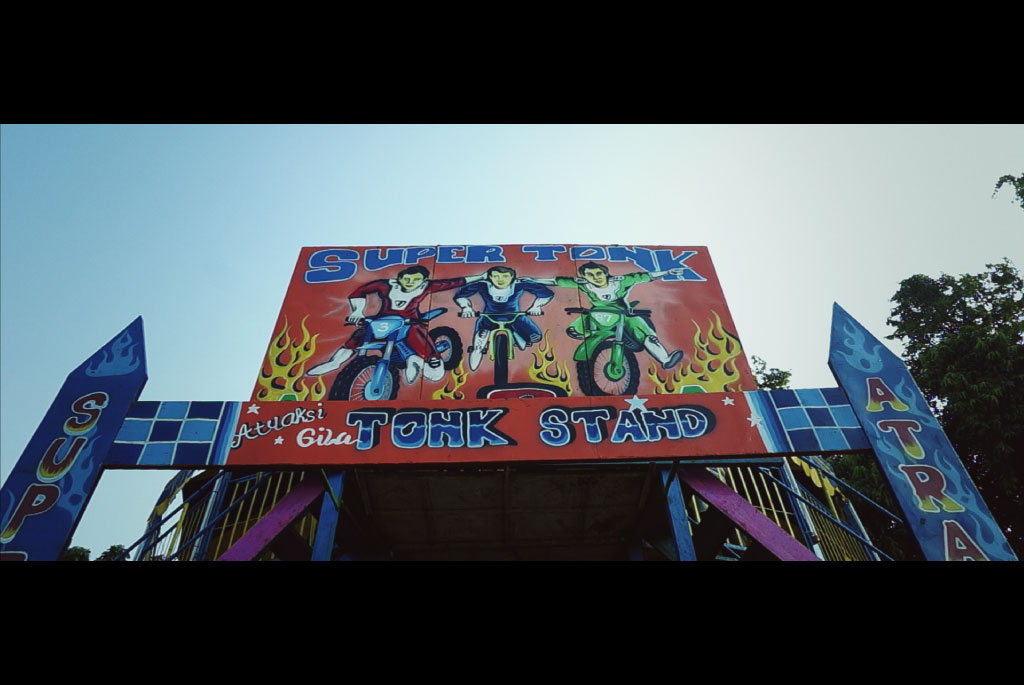
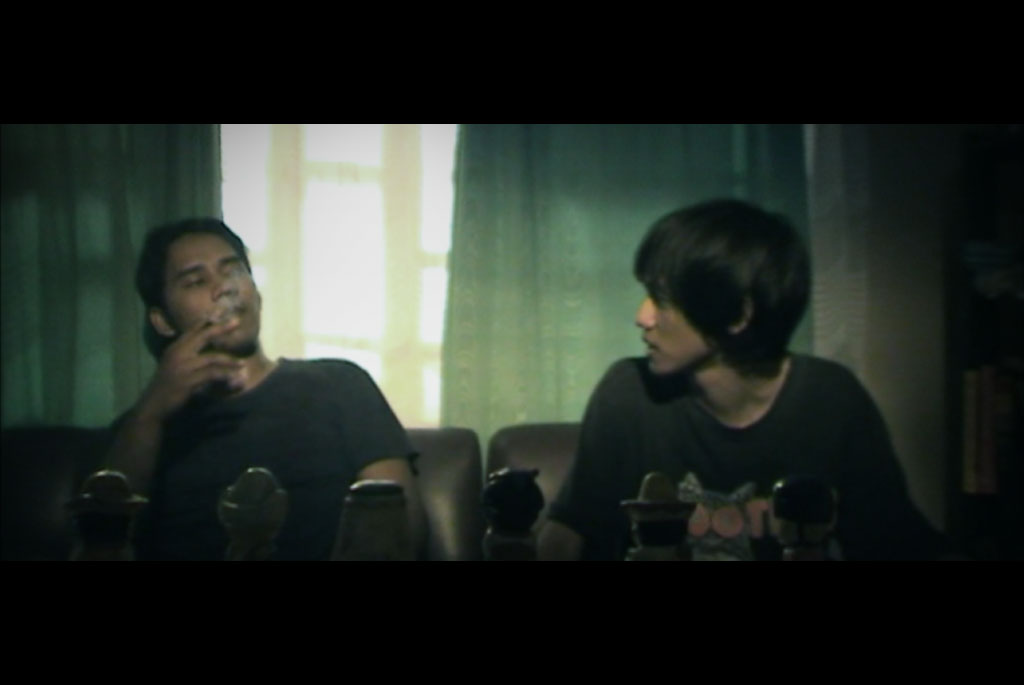
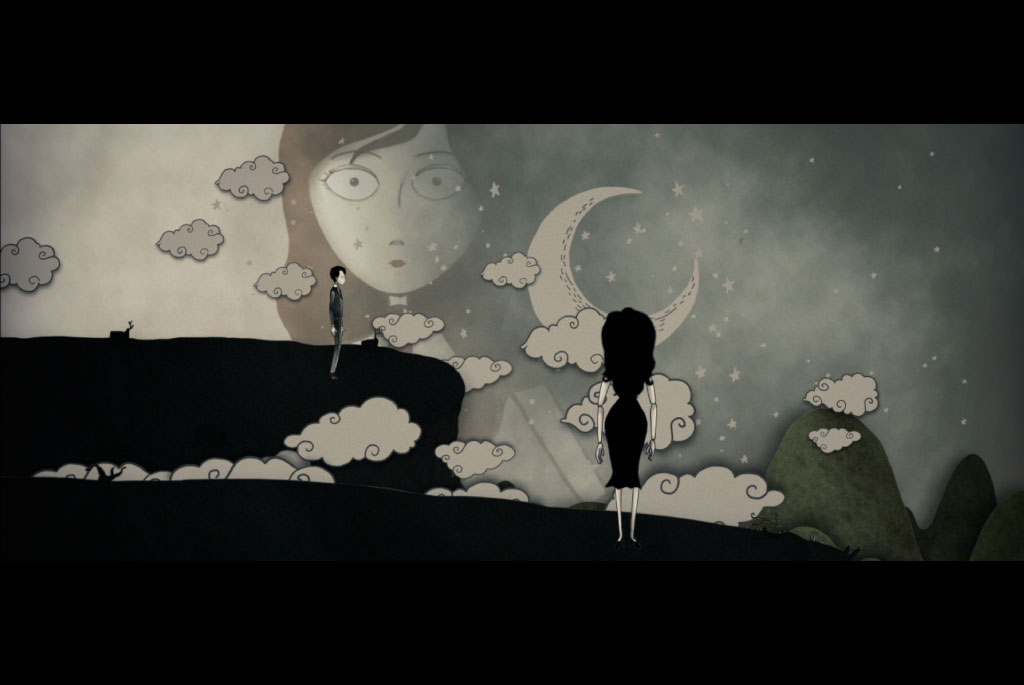
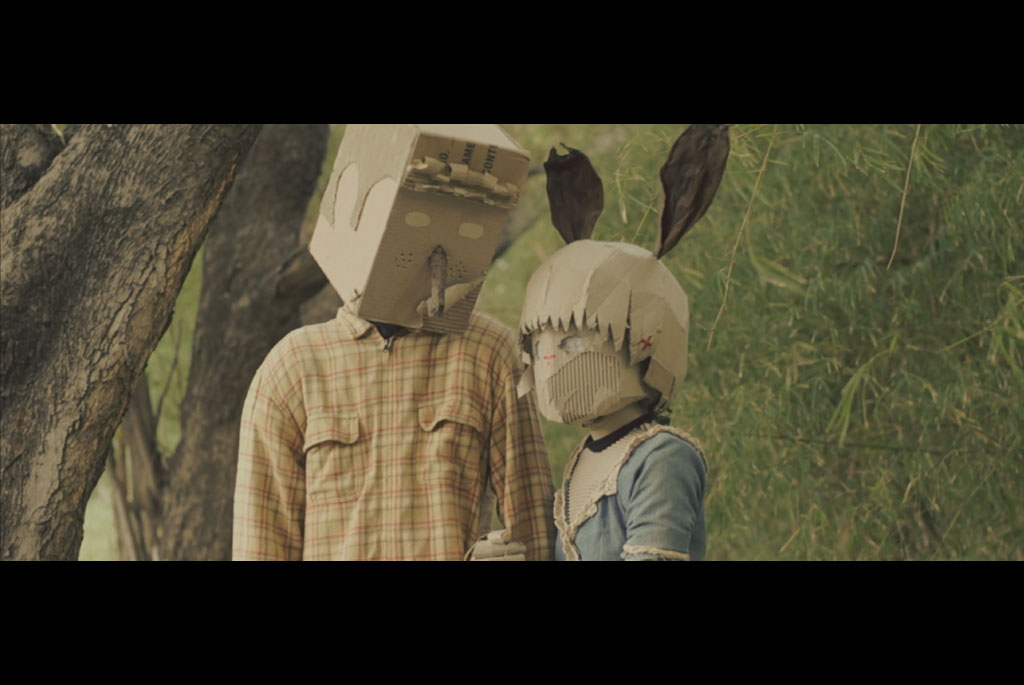
H
How did your interest in video-making begin?
G
We grew up in the 90’s, so we had MTV playing the music videos. That moment was a big influence for me. We personally was an avid MTV fan back then. Our dreams came true when we were given the chance to do the video for Karon ‘N Roll’s “Boleh-boleh”, which was our first music video, and fortunately we are still making video until now. We called ourselves lucky to be able to do this because directing music videos is a fantasy for every music fans.
H
So, Gundala Pictures always have a special spot for music videos?
G
Gundala Pictures intended to be a production house that specialized in the music video at first, but in the end, we explored various other genres. We did documentaries, fiction film, and all.
H
What is the vision of Gundala Pictures?
G
Basically, our main vision is to live by our passion in the world of audio and visual. We aim to build a collective that enables us to do something that we all like. Primarily, Gundala Pictures consists of three people, Salman Farisi, Juan Mayo and me. We do collaborate with a lot of people on our projects.
H
Does Gundala Pictures have a special identity on its projects?
G
We don’t really have a specific identity. If any, we think the viewers will see it better than ourselves. You should know that every video/project from Gundala Pictures is the result of me, Salman and Mayo brainstorming. So our works are always a product of collaboration. But if we have to make an identity for our portfolio, we want it to have an inventive visual style and distinctive manipulation like Michel Gondry’s.
H
You said that you grew in the era when MTV still played tons of music video, how do you see the current condition where we don’t have such programs on television?
G
As directors, we don’t see that as a problem. With the existence of internet and websites like Youtube, we have more channels to do so. We could reach a wider public. Of course, the moment is quite different ever since, but with the always developing technology, now everyone could be a video maker, which means a new inspiration every day.
H
How do you see the public in the internet as a consumer of the audio visual product compared to the public in the 90’s?
G
The internet allows the public to have more freedom in terms of watching their own preference on Youtube. People can watch post-rock to dangdut videos, it’s all up to you. Back then, television channels dictate people on what they should see.
The positive thing about living in that moment is knowing all kinds of music. For example, the television made me watch Kylie Minoque videos just after Blur’s. That kind of experience shaped us as a director.
H
So, that might be the reason why Gundala could work with bands like KOIL to Maliq & D’essentials?
G
Yes, I guess so.
H
Does Gundala have special treatment for major/independent bands?
G
Usually, bands come to us with a song that they want to visualize on video and they let us visualize it based on our idea of the song. This method really works well with us, because Gundala is a collective that really like to visualize songs on moving pictures. For example, on the Bangkutaman’s “Iblis Jalanan” project, the band sent us the single and let us envisioned it. We came back to the band with the idea of making a short documentary about the wall of death motorcyclists in a carnival. Fortunately, the band agreed with the concept and it seems like the public also enjoyed the video. At our hearts, we always want to be extraordinary on executing every project that we have.
H
How do you guys see the development of music videos now?
G
When we see music videos on KFC kiosks, it seems like Indonesian music videos has seen better days. In the 90’s every scene had its story. Today, all those KFC videos have a similar pattern: a “pretty” guy meets a beautiful girl that leads to a typical love drama. That kind of video is lacking in creativity for us. There are still creative directors out there, like Eric Soekamti and most directors in the independent scene, they have the courage to explore ideas. The mainstream directors are OK, some of them could really amaze the viewers with the big budget when they direct big names like Noah.
For us, we really miss music videos like Seringai’s “Serigala Militia”, that is how we all should make a music videos. What I’m trying to say is that, “Serigala Militia” could really capture Seringai’s character, the song’s atmosphere, and the director’s idea into a beautiful video. That is the ideal concept. Seeing music videos in that food outlet made us think that the director took the video project just to get it over with.
H
As a production house, what do you do if you receive a project that you aren’t really into?
G
As somebody who creates, we always have ideas. Let’s say you send us a single, we take it home and find an idea. Sometimes there are bands whose music we aren’t really into, it happens, but there are always a color or mood that we can play with. We’ve produced a music video for a pop band once, we looked for techniques to play around with.
H
How do you bridge the commercialism and your idealism?
G
Drama (laughs). People usually love drama in music videos. Michel Gondry created a music video for Kylie Minogue – it’s a pop song and video, but he found a way to play around with it. We always want to play, to have fun when creating, whether it is in the editing, in the production, photography, etc. Our first short-film, for example, we wanted to play around with reversing the film. We are perhaps not very good with plotting, but we basically love audio and visual, so we want to play around with the moods. We sometimes forget the content and concentrate on the techniques (laughs).
H
Your latest short film/music video, Iblis Jalanan, has been involved in and won a couple of festivals. As someone who creates films, what do you think about the role of festivals in filmmaking?
G
As people who create, we are grateful there are people who could appreciate our work, whether the reaction is good or bad. What we created is something that communicates to the audience, so if there is no reaction then it’s terrible. Bad or good, appreciation is something we are grateful for.
H
What would you say is more important, appreciation from festivals or the general public?
G
We don’t prefer one over the other… even our families rarely watch our films (laughs). In festivals, the people watching are more versed in film, so perhaps the discussion is more technical, and we could discuss films ‘deeper.’ For music videos, the fans can say that the video doesn’t fit the mood of the music, while the filmmakers would talk more about the technical aspect of the video.
What’s more important is the attention and appreciation people give you. I’m thankful that we could create this communication.
H
Could you describe to us the development of audio visual here?
G
It’s rapid, it’s crazy how rapid the development is. We remember making Karon n’ Roll’s music video using a betacam, then DSLR’s were introduced and suddenly everyone was making videos. There is no more limitations. There are people who specialize as directors of photography using the iPhone. The media is becoming more accessible and easy… look at Vines and how entertaining those short videos are – they can make you laugh and for that instance impact your life.
H
Does it affect how you create your work? Perhaps with it being more accessible the production cost is reduced, as is your income?
G
Industry-wise, yes. But it comes down to trust. You trust the person who is making your work. Let’s say you want to buy a painting, you will have a preferred artist, because you trust that artist’s quality. It is the same with audio visual work.
H
You have done several music videos. Are there any interesting stories you can share with us?
G
It is always most interesting when you can work with your idols, and for us it was Cholil (of Pandai Besi/Efek Rumah Kaca). To be able to visual a song that you love, it is wonderful. I got a S.I.G.I.T. cassette one day, and we were like, “wow, what band is this,” found out they were in Bandung and really wanted to work with them. It was the same thing with Efek Rumah Kaca, we got to work with Cholil through the Pandai Besi project.
I guess it is really easy to get your prayers answered (laughs).
H
Any bands/musicians you would like to work with?
G
I would like to do Efek Rumah Kaca.
H
What are Gundala Pictures future projects?
G
We have a bunch of weird stuff lined up. We want to do a “Diari Rasa”, we would like to do an animated compilation – it’s animation not intended for children, though. We’re working on cinemagraph; GIF; we’re playing around with the idea. Other than that we are writing – we would really like to do a full-length film someday. We need to make ends meet, so right now we are working a lot.








